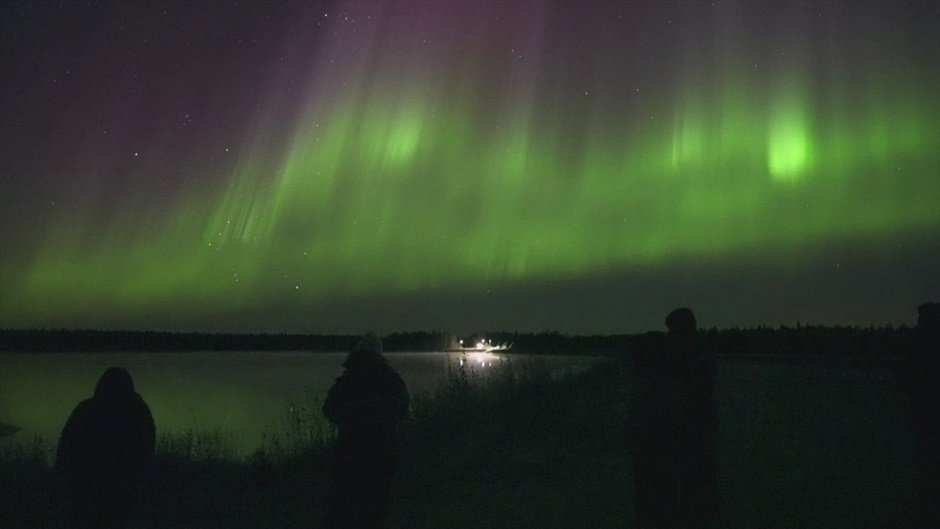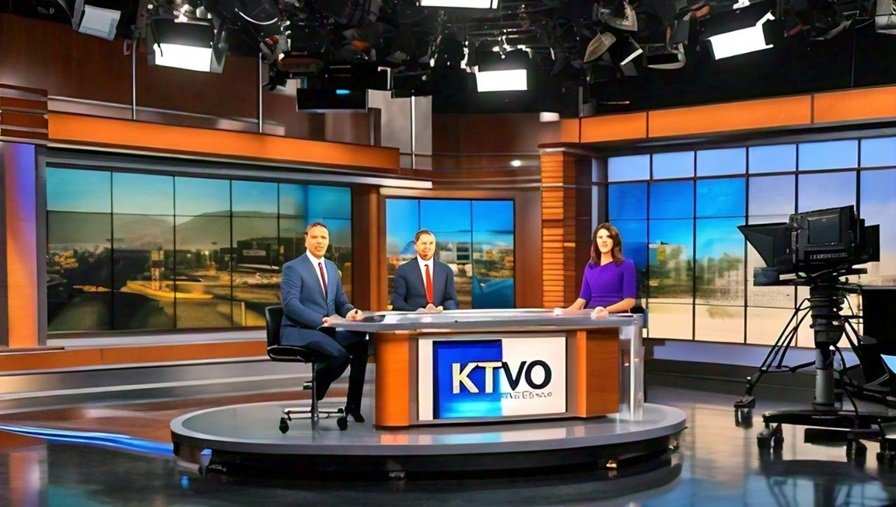Northern Lights Tonight
The Northern Lights, also known as the Aurora Borealis, are among the most stunning natural phenomena. They are a dazzling display of colors and light in the night sky, caused by the interaction of solar particles with Earth’s magnetic field. Tonight, October 11, 2024, offers a special opportunity for millions of people to witness this extraordinary light show due to a rare G4 geomagnetic storm. This article will explore what causes the Northern Lights, how and where to see them, and why tonight’s event is expected to be one of the most impressive auroral displays in recent years.
Table of Contents
What Causes the Northern Lights?
The Northern Lights are a product of solar activity. When the sun ejects high-energy particles into space, some of them make their way to Earth. These particles, known as a coronal mass ejection (CME), interact with Earth’s magnetic field when they reach the planet. As these particles collide with gases in the upper atmosphere, they emit light, creating the colorful spectacle we see as the aurora borealis.

- Colors: The colors of the Northern Lights depend on the types of gases involved. Green is the most common color, produced by oxygen at lower altitudes. Red auroras are less frequent and occur when high-altitude oxygen is excited. Purple, blue, and pink hues are caused by nitrogen.
- Solar Storms: A particularly intense aurora is often triggered by a solar storm or a CME, which increases the number of charged particles reaching Earth. These storms can cause auroras to be visible much farther south than usual.
Why Are the Northern Lights So Strong Tonight?
Tonight’s auroral display is the result of a G4 (severe) geomagnetic storm, which was caused by a particularly fast and powerful CME that erupted from the Sun on October 8, 2024. This storm is traveling at an extraordinary speed of 2.5 million miles per hour, making it the fastest CME recorded during the current solar cycle.
- Intensity: Geomagnetic storms are measured on a scale from G1 (minor) to G5 (extreme). A G4 storm is considered severe and capable of producing auroras visible far beyond the polar regions. This storm could bring the Northern Lights as far south as Alabama, California, and possibly even farther, depending on local conditions.
- Timing: The solar particles from the CME are expected to reach Earth between October 10 and October 11, 2024. The peak activity will occur between 10 p.m. and 2 a.m. local time, giving observers the best chance to catch a glimpse of this breathtaking event.
How to See the Northern Lights Tonight

To maximize your chances of seeing the Northern Lights tonight, it’s important to follow these key tips:
- Time: The best time to view the aurora is between 10 p.m. and 2 a.m. local time, when the sky is at its darkest and the solar activity is at its peak.
- Location: To get the best view, it’s crucial to find a dark location away from city lights. Light pollution can wash out the aurora, making it difficult to see. Ideal spots include rural areas, mountains, or open fields. An elevated location can provide a clearer, broader view of the horizon.
- Weather: Clear skies are essential for aurora viewing. Cloud cover can obscure the lights, so be sure to check local weather forecasts and find an area with minimal cloud coverage.
- Patience: Auroras can be unpredictable. Although the forecast for tonight is promising, it’s important to be patient. The display may come in bursts, so giving yourself enough time outside will increase your chances of seeing the lights.
Where Can You See the Northern Lights Tonight?
While the Northern Lights are usually confined to high-latitude regions such as Alaska, Canada, and northern Europe, tonight’s solar storm could make them visible as far south as Alabama and California in the United States. Some of the best places to see the Northern Lights tonight include:
- Northern States: States like Michigan, Minnesota, North Dakota, and Montana are often prime viewing locations for the aurora.
- Midwestern States: States further south, like Illinois, Iowa, and Nebraska, may also get a rare chance to see the lights if the storm intensity remains high.
- West Coast: The lights could be visible in parts of Washington, Oregon, and northern California.
Best Practices for Aurora Photography
For those hoping to capture the Northern Lights on camera, here are some tips to ensure the best results:
- Use a tripod: A steady camera is essential for long-exposure shots needed to capture the lights clearly.
- Set a long exposure: Use a slow shutter speed (10-30 seconds) to allow enough light into the camera to capture the aurora’s colors and patterns.
- Adjust ISO settings: A higher ISO setting (800-3200) can help in low-light conditions, but be mindful of creating too much noise in the image.
- Wide-angle lens: A wide-angle lens will help you capture more of the sky and the expansive nature of the aurora.
- Manual focus: Focus your lens manually on a distant object to avoid blurry images, as auto-focus can struggle in low light.
Why Are the Northern Lights So Important?

The Northern Lights are not just a beautiful display; they have a significant scientific and cultural importance:
- Scientific Significance: The study of auroras helps scientists understand space weather, particularly how solar winds and CMEs interact with Earth’s magnetic field. This research is crucial for protecting satellites, astronauts, and electrical grids from the damaging effects of solar storms.
- Cultural Importance: Throughout history, the Northern Lights have been a source of awe and inspiration. Indigenous peoples, such as the Sámi in Scandinavia and the Inuit in North America, have long held the aurora in reverence, often believing it to be the spirits of their ancestors or a divine message.
How to Stay Safe During Geomagnetic Storms
While the Northern Lights themselves are harmless, the geomagnetic storms that cause them can have real-world impacts:
- Power Grid Disruptions: Strong geomagnetic storms can cause fluctuations in the power grid, potentially leading to blackouts. Utility companies monitor these storms closely and are prepared to take action to prevent damage.
- Satellite Communication: Geomagnetic storms can interfere with satellite signals, affecting GPS systems, radio communications, and even airline flights.
- Aurora Alerts: To stay informed about geomagnetic activity and aurora forecasts, consider signing up for NOAA alerts or using an aurora viewing app that provides real-time updates on auroral visibility.
What’s Next for the Northern Lights?
The Northern Lights are becoming a more frequent occurrence due to the solar maximum, a period of increased solar activity that occurs every 11 years. Scientists predict that auroras will be more common and intense over the next few years as the Sun reaches the peak of its solar cycle.
Summary of Key Points:
- G4 geomagnetic storm tonight will likely make the Northern Lights visible far beyond their usual range, potentially reaching Alabama and California.
- The lights are caused by solar particles from a coronal mass ejection interacting with Earth’s magnetic field.
- Viewing is best between 10 p.m. and 2 a.m. in dark locations far from city lights.
- Photographers should use long exposures and wide-angle lenses to capture the aurora’s beauty.
- Geomagnetic storms can have real-world impacts, including power grid fluctuations and satellite interference.
Tonight’s auroral display is shaping up to be one of the most spectacular light shows in recent years. Whether you are a seasoned aurora hunter or witnessing the Northern Lights for the first time, tonight’s event is sure to be a memorable experience. Make sure to find a dark, clear spot, and enjoy the celestial wonder of the Northern Lights!
Also read – Sean McDermott News: Bills’ Sean McDermott on Robert Saleh’s Firing by Jets as an ‘Unfortunate Part of’ NFL















Leave a Reply